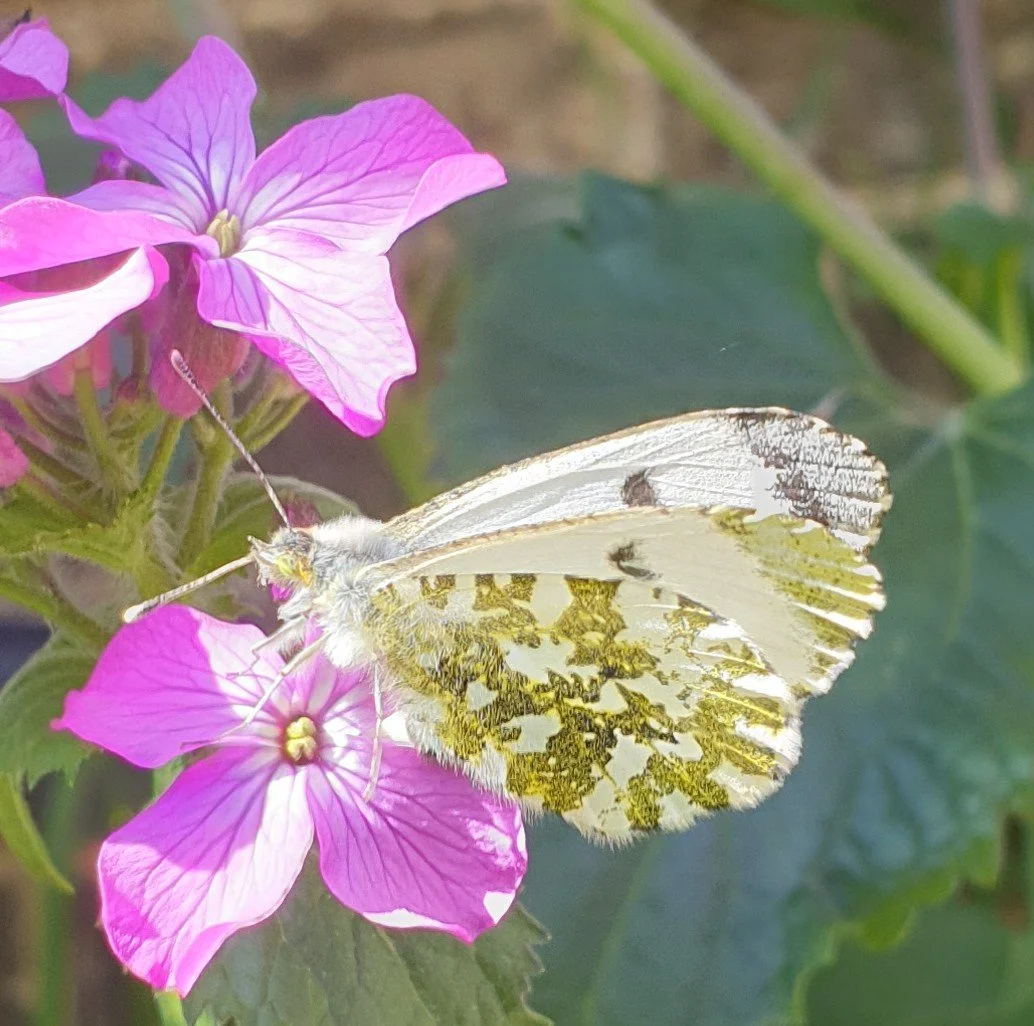
White Butterflies
Large White
Adults fly several hundred km in lifetime
Migrate France to UK, though perhaps less than in past.
Return migration detected
1912 Sutton Broad – 6 million killed on sundews
Preference for cultivated plants
Large numbers lost to a parasitic wasp Cotesia [Apanteles] glomeratus (more than 95% on occasions)
Pliny recommended strewing cabbage patch with nitre or salt earth.
Small White
Strong preference for foodplants growing in sheltered situations
Large numbers congregate in oil-seed rape fields
Include migrants from Europe
Some adults may travel less than 1 km in their lifetime; others may fly over 100 km
Tip for gardeners – go easy on weeding. Weeds harbour butterfly predators
Modern insecticides at end 20th C had more lethal effect on caterpillar predators (harvestmen and beetles) than the larvae themselves.
Green-veined White
Common in sheltered marshy places and on road banks
Not a pest of cabbages
Possibly does not suffer from the high levels of parasitism that Large and Small whites do
So population more stable
Larvae sometimes found on same foodplants as Orange-tips – but Green-veined Whites eat leaves - not flower heads / seeds
Suffered from habitat loss
Potentially at risk from climate change (drier warmer summers).
Orange-tip
Eggs laid at base of flower heads of plants growing in full sun.
One egg per flower
Larvae eat developing flower seeds
Larvae may successfully develop on a single plant
Emergence from pupae can be delayed one or two years if conditions not right (when observed in captivity)
Suffering from habitat loss through:
Decline of haymaking as more land cultivated for silage
Increased fertiliser use
Management of roadside verges might be critical to population survival.
